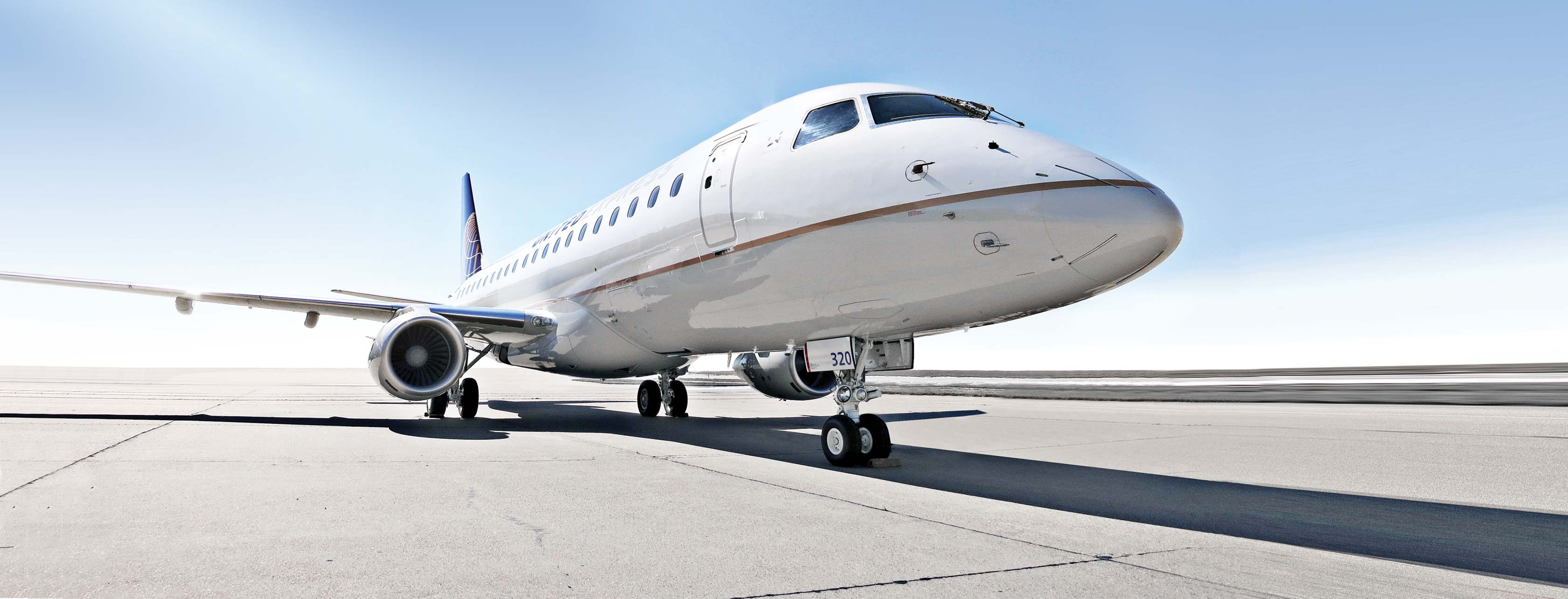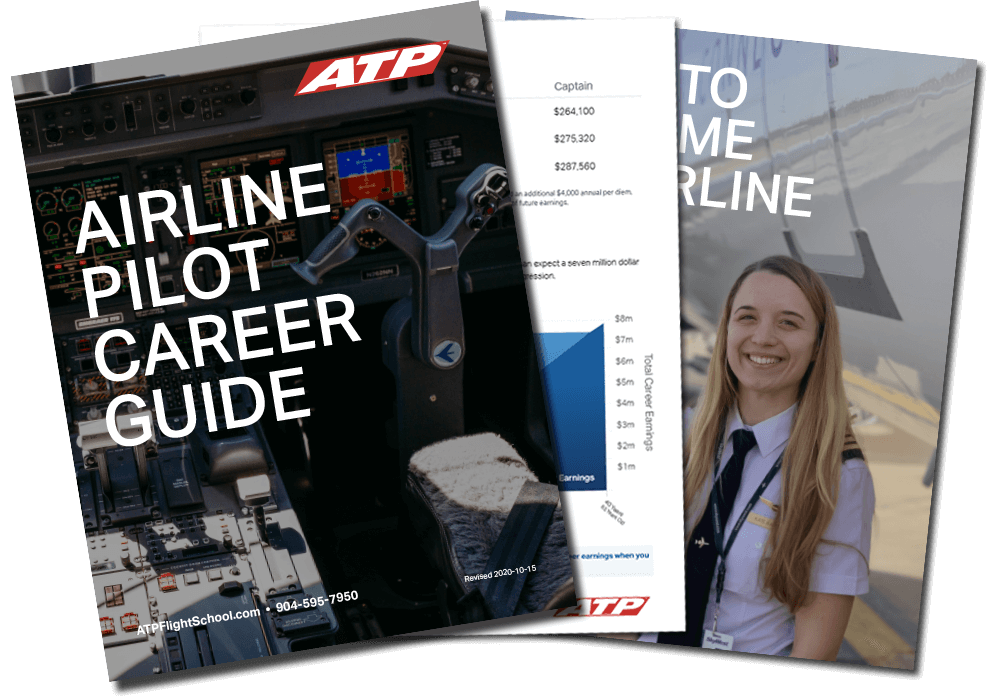Once you have made the decision to become a professional aviator, it’s time to begin flight training. Airlines require a pilot to have several FAA certificates and ratings before giving them an interview, so you should do some research on how you get those certificates
A good course of action is to plan to complete your flight training with not only the certificates and ratings that you need to fly for the airlines, but also the training and tools that you will need to continue to build quality flight time and experience.
This will be necessary in order for you to meet the flight time requirements of an airline before being eligible to interview with them:
Private Pilot Certificate: To get your certificate you must be 17 years old, and have an FAA third class medical certificate. You have to log 40 hours of flight experience, of which 20 hours must be solo flight. You must also pass a written test before you can take a flight test. Once you have your Private you can carry passengers with you when you fly, but you can’t be paid for it. You should also add these ratings to your Private:
- Instrument Rating - 125 total hours required, including 40 hours instrument training, 50 hours of Pilot-In-Command (PIC) cross country time, pass a written test and an FAA flight test. Once you get your instrument rating, you can fly in the clouds.
- Multi-engine Rating - Around 10 hours of multi-engine training and an FAA flight test. Once you have your Multi, you can fly aircraft with more than one engine.
Commercial Multi-engine Certificate: You must be 18 years old, have a Private Pilot Certificate and have an FAA second class medical certificate. You must also have a minimum of 250 hours of flight experience, 100 hours of solo time, and 40 hours of cross country experience. You have to pass a written exam and an FAA flight test. Once you have your Commercial, you can be paid to fly an aircraft.
This Certificate will help you build additional flight time and, as you will be paid to instruct, you can begin your career as a professional pilot:
Certified Flight Instructor Certificate (CFI): You must hold a Commercial Certificate and an instrument rating, pass two written exams, and an FAA flight test. Once you have your CFI, you may instruct private or commercial students. You should add these ratings:
- Instrument Instructor Rating - allows you to instruct Instrument Students.
- Multi-engine Instructor Rating - allows you to instruct students pursuing their multi-engine rating.
Although not required by most airlines at the time you are hired, this Certificate is required to be a Captain with the airlines:
Airline Transport Pilot Certificate (ATP): You must be 23 years old, a high school graduate (or the equivalent), have a commercial certificate, FAA first class medical certificate, 1500 PIC time, pass a written exam and an FAA flight test. Once you have your ATP, you can be a Captain with an airline.
Flight training is an exciting and rewarding venture that you will find challenging at times and thrilling at other times. It is important to research and choose the right flight school. If you are training to be an airline pilot it makes sense to train with a school focused on training professional pilots; a Flight Academy focusing on training airline pilots.
Part three of “How do I become an airline pilot?” will look at how to proceed now that you have your certificates.

